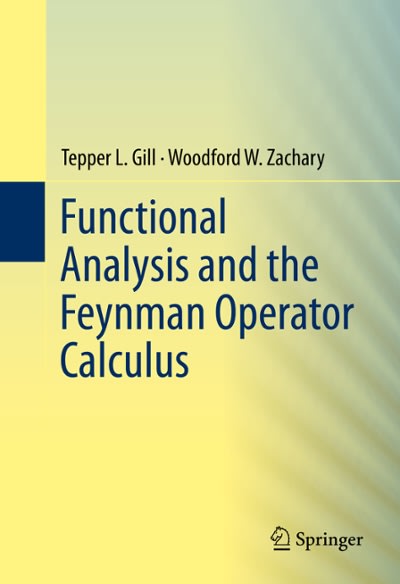Question
This is an example of a Real World Problem, with Real Data. taken from an article published in USA Today on 2/15/2000, on the Republican
This is an example of a Real World Problem, with Real Data. taken from an article published in USA Today on 2/15/2000, on the Republican presidential primary election. The article is reproduced on the back of this page, and also available online at http://www.usatoday.com/news/ opinion/e1168.htm (just to prove that I'm not making this up!). The key data given in the article are the following. (Note that these numbers refer not to the total voting population, but only to those planning to vote in the Republican primary; hence, for example, the small percentage of Democrats.)
A. Bush leads McCain 49% - 42%
B. Among Republicans, Bush leads McCain 59% - 34%
C. Independents support McCain 54% - 36%
D. Democrats who intend to vote in the Republican primary support McCain over Bush 61% - 27%
E. 60% of the voters will be Republicans, 34% Independents, and 6% Democrats.
(a) Without using A, derive the numbers in A (i.e., 49% for Bush and 42% for McCain) from the other pieces of information B-E.
(b) How many (i.e., what percentage) of the McCain supporters are Republicans? How many are Independents? How many are Democrats?
Hints: Introduce the events M="McCain supporter", B="Bush supporter", R="Rebublican", D="Democrat", I="Independent". Then translate the given data B-E, as well as the probabilities sought in questions (a) and (b), into probabilities (ordinary or conditional) involving these events. Finally, using appropriate probability rules, derive the probabilities sought from those that were given.
Step by Step Solution
There are 3 Steps involved in it
Step: 1

Get Instant Access to Expert-Tailored Solutions
See step-by-step solutions with expert insights and AI powered tools for academic success
Step: 2

Step: 3

Ace Your Homework with AI
Get the answers you need in no time with our AI-driven, step-by-step assistance
Get Started


